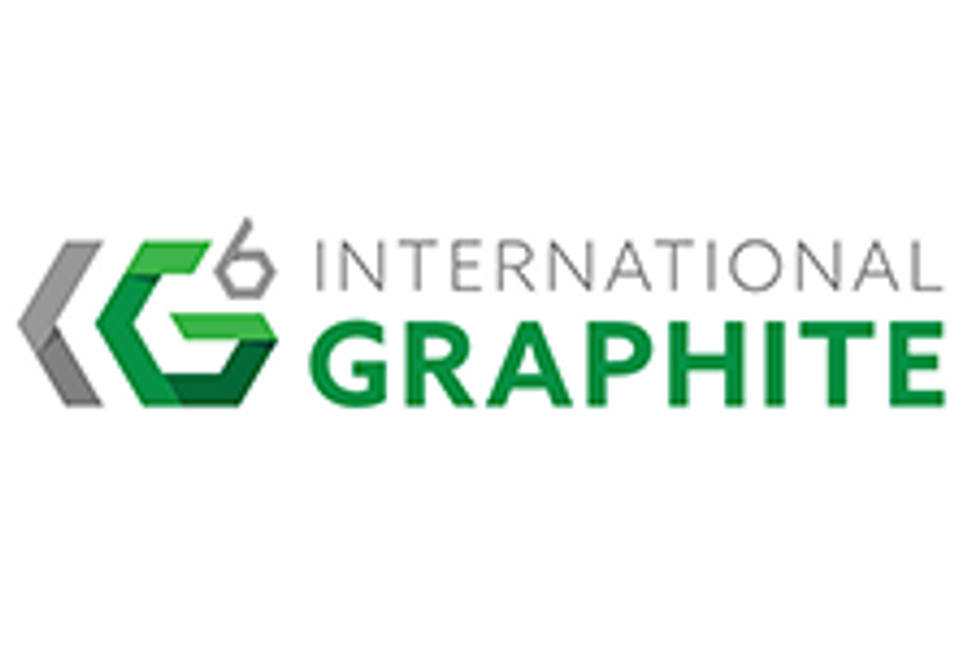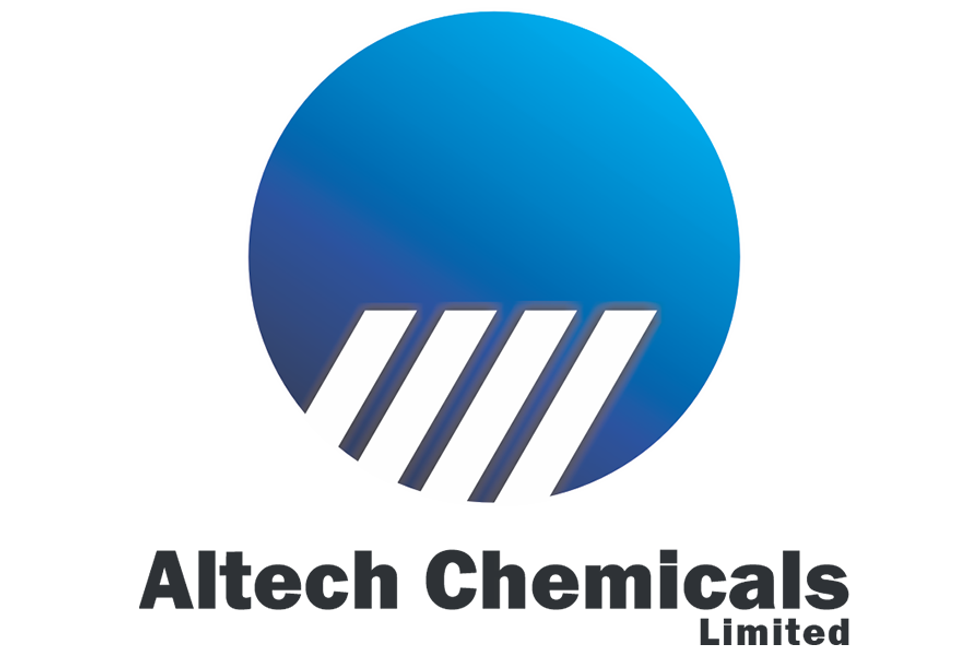Europe’s Graphite Supply Chain ― Key Facts
Where can natural graphite be found in Europe, and will it be possible for the region to develop a local supply chain for this critical mineral? Find out here.

Europe has set ambitious goals to become carbon neutral by 2050, and the electrification of transportation will play a key role in achieving this outcome.
Demand for electric vehicles (EVs) in the region continues to grow, with many predicting Europe will have another stellar year for sales. But EVs need batteries, and those batteries require essential raw materials such as natural graphite for their anodes.
According to Benchmark Mineral Intelligence, demand for graphite from the battery anode segment could increase by seven times in the next decade as surging electric car sales and the energy storage trend continue to drive the construction of lithium-ion battery megafactories.
Here the Investing News Network (INN) looks at where natural graphite resources are found in Europe and the outlook for the development of local supply chains for this critical mineral.
Building out supply chains for critical minerals in Europe
The raw materials used in EV battery cathodes, such as lithium, cobalt and nickel, have received most of the attention in the past few years, but production of the materials used in anodes — including natural graphite — is also needed for any region looking to supply the needs of its own EV market.
Speaking about the development of regional supply chains, Suzanne Shaw of Roskill told INN there is certainly pressure for non-Chinese development throughout all parts of the battery supply chain.
“Anodes are seen as relatively simple since they use mainly graphite and other carbons, while for cathodes there are several competing technologies that may lead to more opportunities,” she said.
One of the reasons graphite has been overlooked is because it’s seen as more abundant than some of the major cathode inputs, even though it is deemed a critical mineral by many governments, George Miller of Benchmark Mineral Intelligence told INN.
“Secondly, the anode is less costly than the cathode, where the bulk of chemistry development and advancements have been made in order to maximize battery cell efficiency,” he said.
“For this reason, anodes have been seen as less important in meeting the performance and cost targets of many automotive companies.”
In Europe, Benchmark Mineral Intelligence anticipates that cell demand will grow to over 220 GWh by 2025. The total amount of natural flake graphite required by the global battery market by 2025 is set to be 5.4 times larger than what was needed in 2020.
For its part, Roskill estimates that based on current technologies, requirements for raw material graphite could rise almost fivefold between 2021 and 2030, reaching around 1.8 million tonnes. This includes synthetic and natural graphite.
If Europe aims to build its local supply chain for natural graphite, the main challenge it faces is that currently Asia is leading the way.
“While China is increasing its imports of raw material graphite, everything from graphite processing through to anode production is dominated by China, and that would be hard to break into,” Shaw said. “The main barriers involve technical knowledge, production costs and environmental restrictions.”
About 80 percent of all spherical graphite, which is the intermediate product made from natural flake graphite for use in anodes, is created via processing methods that use large amounts of hydrofluoric acid (HF), which comes with a range of potential environmental issues, the expert explained.
“To produce spherical graphite ex-China, producers would need to (and are) looking to develop non-HF or low-HF methods,” she said. “These are possible, but typically at a much higher cost. Thermal-only purification techniques are one potential route.”
For Miller, no step in the supply chain is more controlled by China than anodes.
“So the challenge (for Europe) lies in competing both on cost, but also environmental sustainability and technological capability to disrupt China’s stranglehold on the industry,” he said.
Natural graphite mining in Europe
As with other critical minerals, China has an overwhelming stake in the natural graphite market. In terms of mining, the Asian country put out 650,000 metric tons of the metal in 2020, almost the same amount it produced the previous two years, accounting for 62 percent of world graphite mining, according to the US Geological Survey. Mozambique and Brazil coming in second and third, respectively.
While there are graphite projects under development in Europe, the cost and scale required to displace Chinese production means the larger-scale projects under development are situated in Africa.
“With that said, European projects have great potential to develop integrated anode solutions by developing processing capacity for the anode supply chain,” Miller explained.
“At this value-added step in the supply chain, project economics are less concerned with mining costs and leveraged more on value-added capabilities.”
Shaw is also optimistic on Europe’s potential, saying China is looking to move away from mining to downstream added-value production.
“It is already importing increasing amounts from Africa, and there is the opportunity for more capacity to come online to feed the booming battery market,” she said. “Europe could be a part of this — with the right deposit that can compete.”
In 2020, the European Commission published a study on critical minerals, which shows that Europe’s graphite mine production during the 2012 to 2016 period was about 2,000 tonnes, equivalent to around 0.2 percent of global output.
When looking at European countries with resources and reserves of natural graphite, the following nations are highlighted by the study:
Austria
Austria is currently home to the Kaisersberg mine, which produces amorphous graphite. The Austrian Federal Mining Office shows that graphite has been mined at Kaisersberg since 1755, and the mine is currently operated by Grafitbergbau, a privately owned company. Kaisersberg has proved ore reserves of 160,000 tonnes and mineral resources of 1.5 million tonnes.
Czechia
In Czechia, eight graphite deposits were registered by the Czech Geological Survey in 2017:
- Amorphous graphite deposits include Velké Vrbno-Konstantin, Bližná-Černá v Pošumaví, Český Krumlov-Rybářská ulice and Velké Vrbno-Luční hora 2.
- Flake graphite deposits include Český Krumlov-Městský vrch, LazecKrenov and Koloděje nad Lužnicí-Hosty.
- There is also the Spolí mixed — amorphous and flake — graphite deposit.
Finland
In Finland, Beowulf Mining’s (LSE:BEM) Oy Fennoscandian Resources operates the Aittolampi flake graphite deposit, which is under exploration.
During 2019, further drilling at Aitolampi supported an upgraded mineral resource estimate, with an 81 percent increase in contained graphite compared to the 2018 estimate for the higher-grade western zone; the global indicated and inferred mineral resource was upgraded to 26.7 million tonnes at 4.8 percent total graphitic carbon for 1.275 million tonnes of contained graphite.
In March 2021, the company awarded a contract to Afry Finland Oy to conduct a scoping study to provide a roadmap for the next project development stage, most likely a prefeasibility study.
Since Fennoscandian was acquired in January 2016, Beowulf has invested over 1.56 million euros in graphite exploration, resource development, metallurgical testwork and the assessment of market applications for graphite from Aitolampi, including lithium-ion battery applications.
Germany
Germany is home to the Kropfmühl mine, which restarted in 2012 and produces flake graphite. The mine is held by AMG Graphite, which also produces graphite through its mines and vertically integrated production facilities in Germany, the Czech Republic, Sri Lanka, China and Mozambique.
Norway
Norway produces natural graphite from the Skaland mine, which is now owned and operated by Australia’s Mineral Commodities (ASX:MRC) following its acquisition of Skaland Graphite in 2019.
Skaland is the largest crystalline graphite producer in Europe, and the fourth largest producer globally outside of China; it accounts for around 2 percent of global annual natural flake graphite production. Skaland is presently the world’s highest-grade operating flake graphite mine with mill feed grade averaging about 25 percent carbon in 2019.
Sweden
There are a number of graphite deposits in Sweden, including Leading Edge Materials’ (TSXV:LEM,OTCQB:LEMIF) Woxna mine. It has a production facility that currently does not produce graphite commercially, but is kept in production-ready mode.
In terms of exploration and development in the country, the most advanced project for commercial production is the Vittangi project in Sweden, owned by Australian company Talga Resources (ASX:TLG). Talga is also exploring the Jalkunen and Raitajärvi projects in Sweden.
Natural graphite processing in Europe
Graphite can be processed to be used in many different applications, but in the lithium-ion battery segment the preferred form is spherical graphite. Fine and medium-flake graphite are typically used to produce it, with China being practically the only global producer of spherical graphite worldwide.
But China’s dominance doesn’t mean the rest of the world is not looking for ways to step up and scale up production of battery-grade graphite for anodes.
Although Europe does not have any production capacity for spherical graphite, Leading Edge Materials is working on a graphite-processing plant that would produce spherical graphite, battery-grade graphite and other forms of processed graphite at the company’s Woxna mine site in Sweden.
Additionally, Talga Resources is constructing a scalable battery anode production facility and integrated graphite-mining operation in Northern Sweden, which is expected to start production in 2023. The company is working on completing a detailed feasibility study for this project by June 2021.
The future of natural graphite in anodes
In the past year, the trend toward anodes with higher silicon content has gathered pace, in particular after announcements on battery improvements made by leading carmaker Tesla (NASDAQ:TSLA).
Shaw explained that silicon content has increased in anodes, but there is now a barrier to raising additions over a few percentage of the anode.
“Silicon expands during the life of the battery and only limited amounts can be used, and it must be encased in graphite,” she said. “R&D is really focusing on this to find ways to increase silicon contents (to reduce costs), so it is not likely to have much impact in the next five years at least.”
Similarly, Benchmark Mineral Intelligence forecasts that silicon will continue to be a relatively small part of the anode, and anticipates that it will play its main role as an additive to the graphite anode, rather than be a central material.
“Blends of natural and synthetic graphite will remain the dominant anode material for lithium-ion batteries for the foreseeable future, and will therefore need to form a central part of the EU’s battery supply chain strategy,” Miller said.
What’s ahead for graphite in Europe
Looking ahead, industry momentum to develop EV supply chains is already underway in Europe.
However, this can be supported at a policy level to help accelerate the buildout of new processing infrastructure and permit collocated mining assets, Miller said.
“Ultimately the development of downstream capacity will create a market for more regional sources of supply, where European graphite producers can develop a competitive advantage over Asian incumbents,” he added.
When asked about what other steps Europe could take to supply its domestic needs for natural graphite, Shaw pointed to government incentives or consumer investment in mines and processors using more environmentally friendly processing methods.
“Right now, the EV battery sector seems resistant to paying a premium for such material,” she added.
Don’t forget to follow us @INN_Resource for real-time news updates.
Securities Disclosure: I, Priscila Barrera, hold no direct investment interest in any company mentioned in this article.
Editorial Disclosure: The Investing News Network does not guarantee the accuracy or thoroughness of the information reported in the interviews it conducts. The opinions expressed in these interviews do not reflect the opinions of the Investing News Network and do not constitute investment advice. All readers are encouraged to perform their own due diligence.






